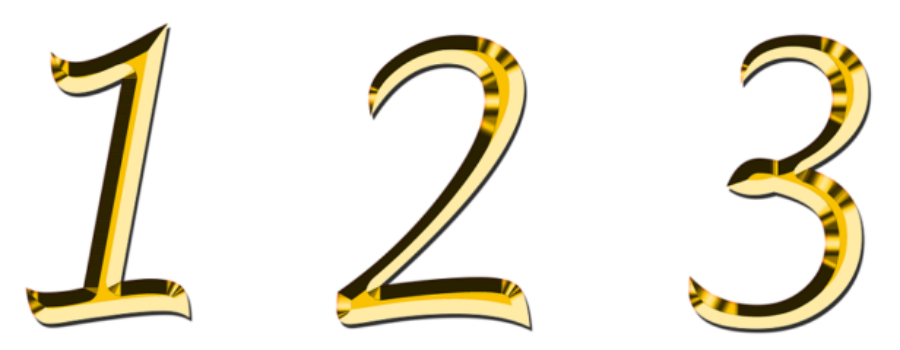Coaching Simple as 1-2-3 |
The professional ranks today are filled with coaches of all kinds. These include life coaches, career coaches, financial, spiritual, business and athletic coaches. In all coaching endeavors, it is wise to define desired and realistic outcomes at the beginning of the coaching process.
By beginning with the end in mind, establishing a common language and working backwards from desired outcomes, coaches are often able to add insight that the coaching client would not have obtained on their own, (or at least not as quickly)
For example, golf swing coaches are able to provide a unique perspective because of their objective external view. They enable their coaching subjects to get out of body to better understand what needs to be worked on in order to improve. And all golfers want to improve!
Likewise, management and executive coaches enable they’re coaching subjects to get out of body more quickly in order to improve, ie remove limiting behaviors. Very often we see people who are technically excellent at what they do. Almost always, the obstacles they may experience have to do with the people part and not the technical part.
What are realistic outcomes in professional coaching?
Ironically, the same things that made them successful in their careers to this point may be the same things that now limit their upward mobility. It is the wise coach who understands that their client subjects operate within a vocal range. All vocalists are born with a default vocal range that can be improved and expanded. However, it is very rare to expand their range beyond two to three octaves.
In other words, it is not realistic to expect an outcome beyond the person’s range without damaging themselves.
Likewise, we in professional coaching we deal with people that have default positions with regard to personality and motivation. And it may be just as unrealistic to expect and outcome beyond that individuals range without unintended consequences.
Three Clicks:
In working with many management and executive leaders over the years, I have found that the most realistic and beneficial outcomes are those that move in a three-increment range aka three clicks.
The goal is not to take somebody from a 3 or 4 in EQ to a 9 or 10. Doing so may take them so far away from their core capabilities that it is counterproductive, ie the unintended consequences of damaging their careers. However, when realistic and achievable goals are defined, the opposite is often true. And that is upward mobility as incremental movement has been demonstrated.
The goal is to move the individual who may be at 3 or 4, three incremental clicks up the scale over time.
Click one– “Piercing the corporate veil”, ie the initial understanding of the current state during the first 30 days of the coaching engagement
Click two– Ownership and transparent understanding of potential limiting behaviors and co-creation of near-term goals, deliverables and accountabilities. Approximately within the first 60 days of engagement.
Click three– Demonstrable success in applying tips, tools and guidance obtained in coaching mode. At least one or more “wins” to point to, ie feedback from reporting relationships, colleagues and peers. This is somewhat similar to
when people notice something different about you as if you’ve lost 10lbs or have seem to have a new outlook.
In this way, our core strengths are maintained and we have demonstrated movement up the scale. The 4 may become a 5-6-7 and from the default position of 4 is quite noticeable indeed. In summary, please keep in mind that some of our most successful clients have walked this exact path to upward mobility.
For additional leadership content click here




